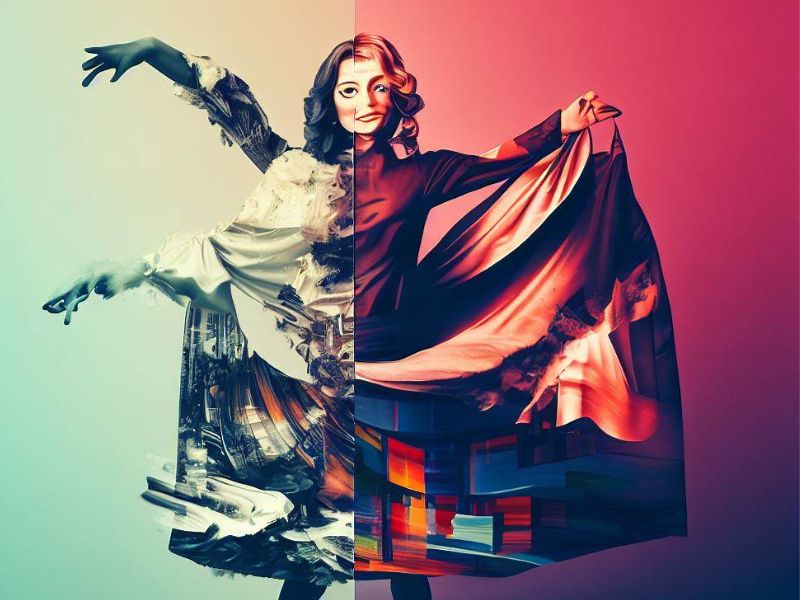Shifting Paradigms and Emerging Trends
The art world, once known for its steadfast traditions, is experiencing a monumental shift that has sent ripples through the creative landscape. As the boundaries between art forms blur and technology ignites new possibilities, the art world is undergoing a remarkable transformation.
The Digital Revolution: Art in the Virtual Realm
In a world dominated by screens and connectivity, the art world has embraced the digital age. Virtual galleries, online exhibitions, and digital installations have emerged as platforms that bridge geographical gaps, enabling artists to share their work with a global audience at the click of a button. The virtual realm has not replaced physical galleries, but it has opened up new dimensions for artistic expression.
NFTs: Redefining Ownership and Value
The rise of Non-Fungible Tokens (NFTs) has ushered in a paradigm shift in how art is bought and sold. These unique digital tokens represent ownership of a digital asset, often a piece of digital artwork. This innovation has democratized access to art, enabling artists to directly monetize their work while also raising questions about the intrinsic value of art in the digital age.
Art Activism and Social Change
Art has always been a powerful vehicle for conveying messages and inciting change. In recent years, artists have embraced their role as activists, using their creations to raise awareness about social issues, from climate change to human rights. Murals, street art, and public installations have become potent tools for sparking conversations and fostering community engagement.
Diversity and Inclusion: A New Artistic Narrative
The art world’s historical lack of diversity and representation is being addressed head-on. Artists from marginalized communities are reclaiming their narratives and reshaping the artistic landscape. Galleries and institutions are also recognizing the importance of amplifying underrepresented voices, leading to a more inclusive and vibrant art scene.
Sustainability and Art’s Ecological Footprint
As society’s focus on sustainability deepens, the art world is also reflecting on its ecological impact. Artists are exploring eco-friendly materials, repurposing discarded items, and creating installations that spotlight environmental concerns. By merging art with advocacy, they remind us that creativity can both reflect and drive positive change.
Technological Augmentation of Creativity
Technology is no longer just a canvas for art; it has become an active collaborator. From AI-generated artwork to interactive installations that respond to viewers’ movements, technology is pushing the boundaries of what art can be. This fusion of art and tech challenges artists to think beyond traditional mediums and embrace innovation.
Augmented Reality (AR) and Immersive Experiences
Augmented reality has breathed new life into the art world, allowing viewers to interact with art in unprecedented ways. Museums and galleries are embracing AR to provide immersive exhibitions, blurring the lines between the real and the virtual. These experiences redefine the viewer’s relationship with art, turning them into active participants.
Embracing Uncertainty and Envisioning the Future
The art world’s evolution continues to be shaped by unforeseen forces, sparking debates and discussions about the essence of art and its role in a rapidly changing world. As artists, collectors, and enthusiasts navigate this shifting terrain, one thing is clear: the art world’s only constant is change.
